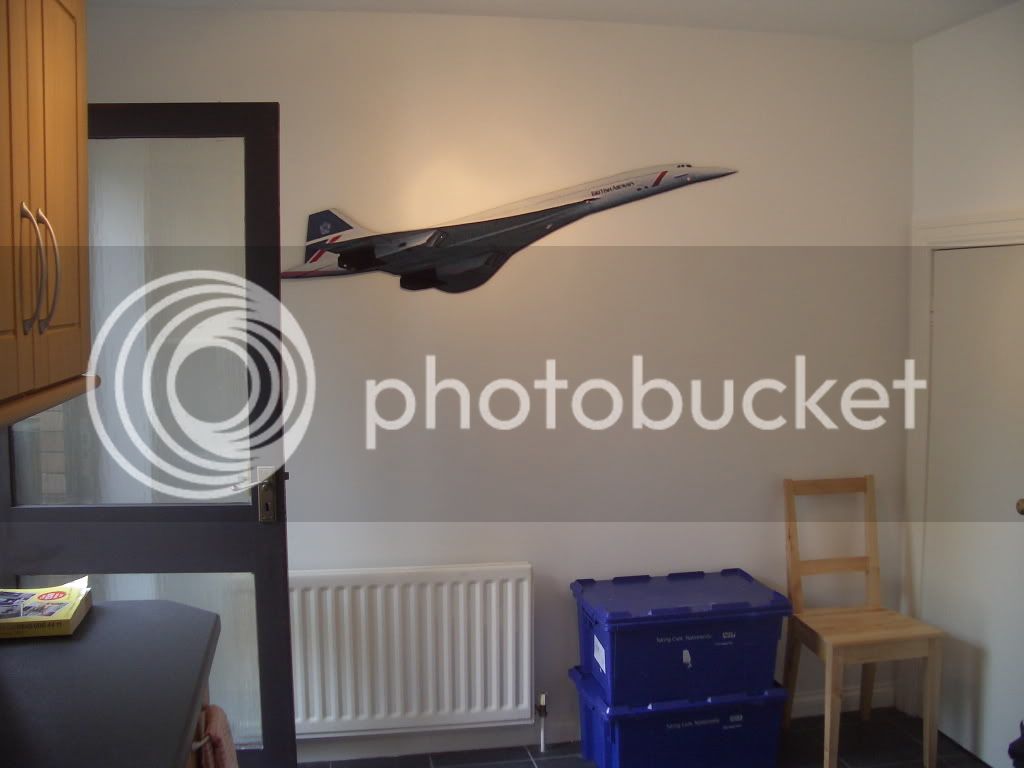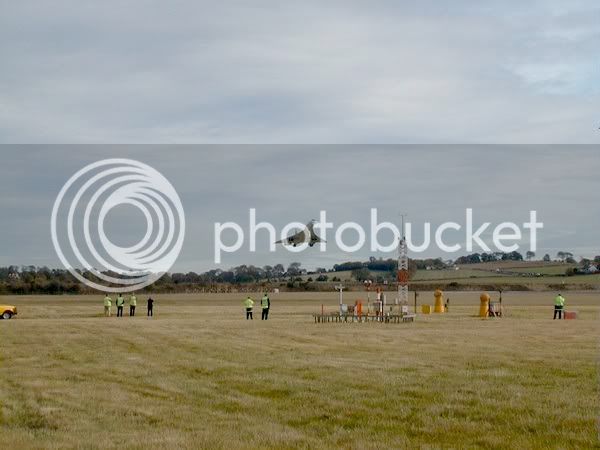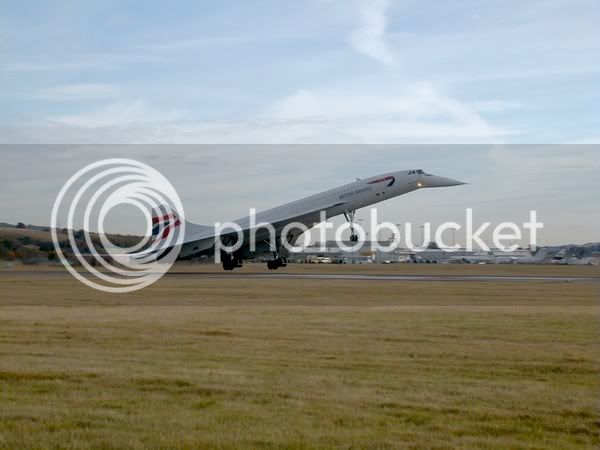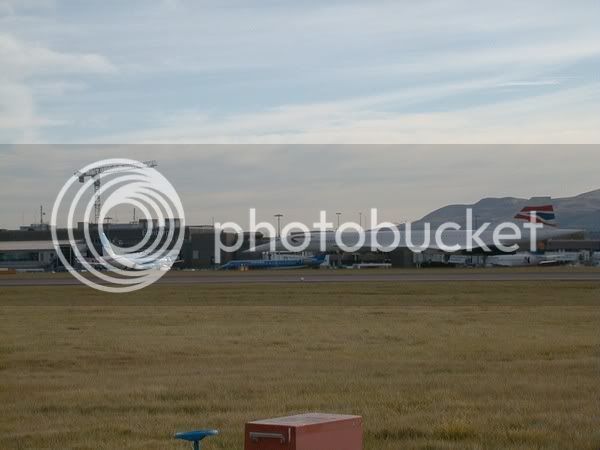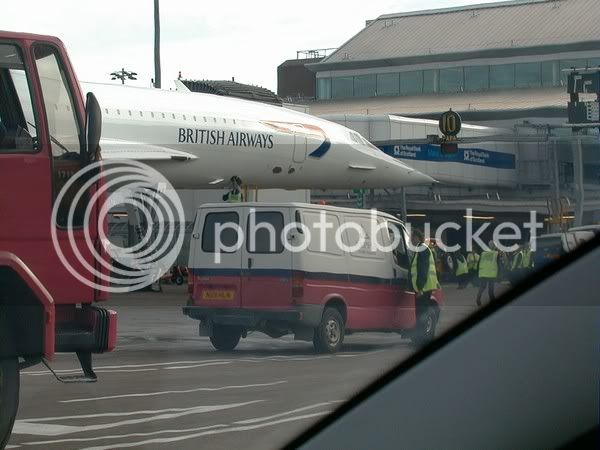A less well known aspect of Concorde was the Lifetime Heat Fatigue Static Test facility at RAE Farnborough. Through the hard-learned lessons of the Comet tragedy, British Aerospace built what was then the world's most complex testing system for a complete airframe, a vast complex machine the size of a small tower block. I remember well getting a guided tour in and around the test airframe with my Dad who was a shift controller. I got to climb up into the wing tanks - you could almost stand upright at the deepest point of the wing root!.
A VAX11 computer controlled everything including several hundred hydraulic jacks to load the airframe to simulate in-flight stresses. A gargantuan HVAC system powered by several multi-megawatt ammonia turbo-compressors, fans and heat exchangers provided airflow over the entire airframe. The system ran 20-minute flight cycles takeoff, climb, supersonic cruise, descent and landing, 24/7/52 except for maintenance periods, or unless something broke. After 10 years or so they had exceeded the expected lifetime of 25 years service and actually got to a simulated 40 years service. The final test phase was to destruction, and destroy it they certainly did. The main wing spars broke, otherwise meaning the wings fell off! They got caught unawares when various tail breaking incidences occurred in service, but they eventually recorded the exact same failures on test. Many other cracks occurred in testing that prompted early modification, strengthening or replacement on planes in service. If passengers knew exactly how many cracks appeared on Concorde during it's life, some would probably have thought twice about flying it!
The airframe was chopped up for scrap. My Dad wanted the nose but so did a lot of other people!. He had a piece of cabin fuselage with a window which lived in the workshop for some years. He eventually gave it to the aero museum at Kemble.
What a tragedy that it was a simple strip of metal that led to it's ultimate demise and the poor souls with it.
Ike
A VAX11 computer controlled everything including several hundred hydraulic jacks to load the airframe to simulate in-flight stresses. A gargantuan HVAC system powered by several multi-megawatt ammonia turbo-compressors, fans and heat exchangers provided airflow over the entire airframe. The system ran 20-minute flight cycles takeoff, climb, supersonic cruise, descent and landing, 24/7/52 except for maintenance periods, or unless something broke. After 10 years or so they had exceeded the expected lifetime of 25 years service and actually got to a simulated 40 years service. The final test phase was to destruction, and destroy it they certainly did. The main wing spars broke, otherwise meaning the wings fell off! They got caught unawares when various tail breaking incidences occurred in service, but they eventually recorded the exact same failures on test. Many other cracks occurred in testing that prompted early modification, strengthening or replacement on planes in service. If passengers knew exactly how many cracks appeared on Concorde during it's life, some would probably have thought twice about flying it!
The airframe was chopped up for scrap. My Dad wanted the nose but so did a lot of other people!. He had a piece of cabin fuselage with a window which lived in the workshop for some years. He eventually gave it to the aero museum at Kemble.
What a tragedy that it was a simple strip of metal that led to it's ultimate demise and the poor souls with it.
Ike

































